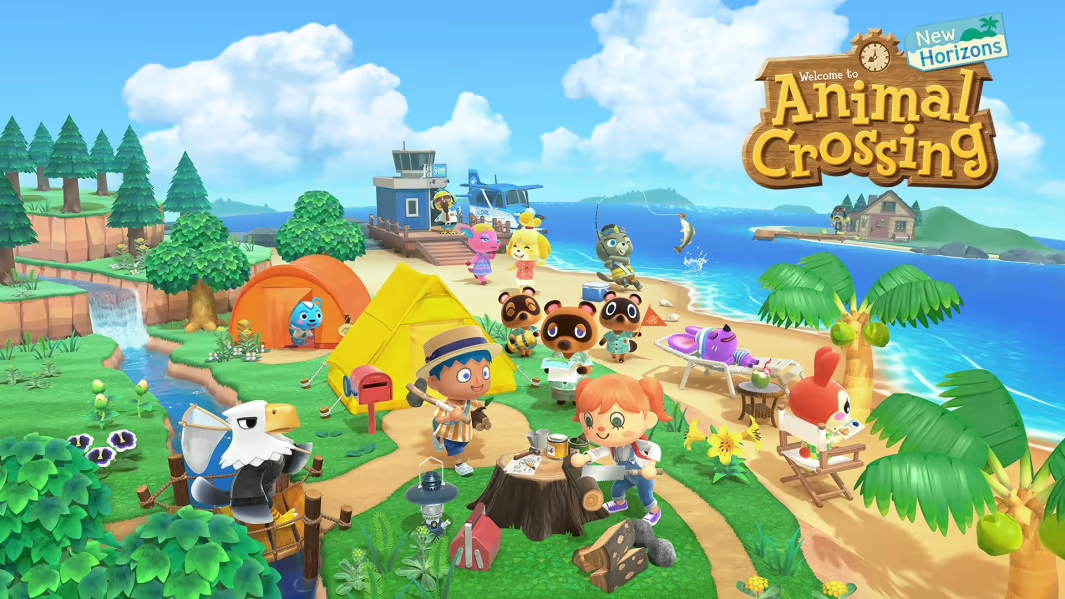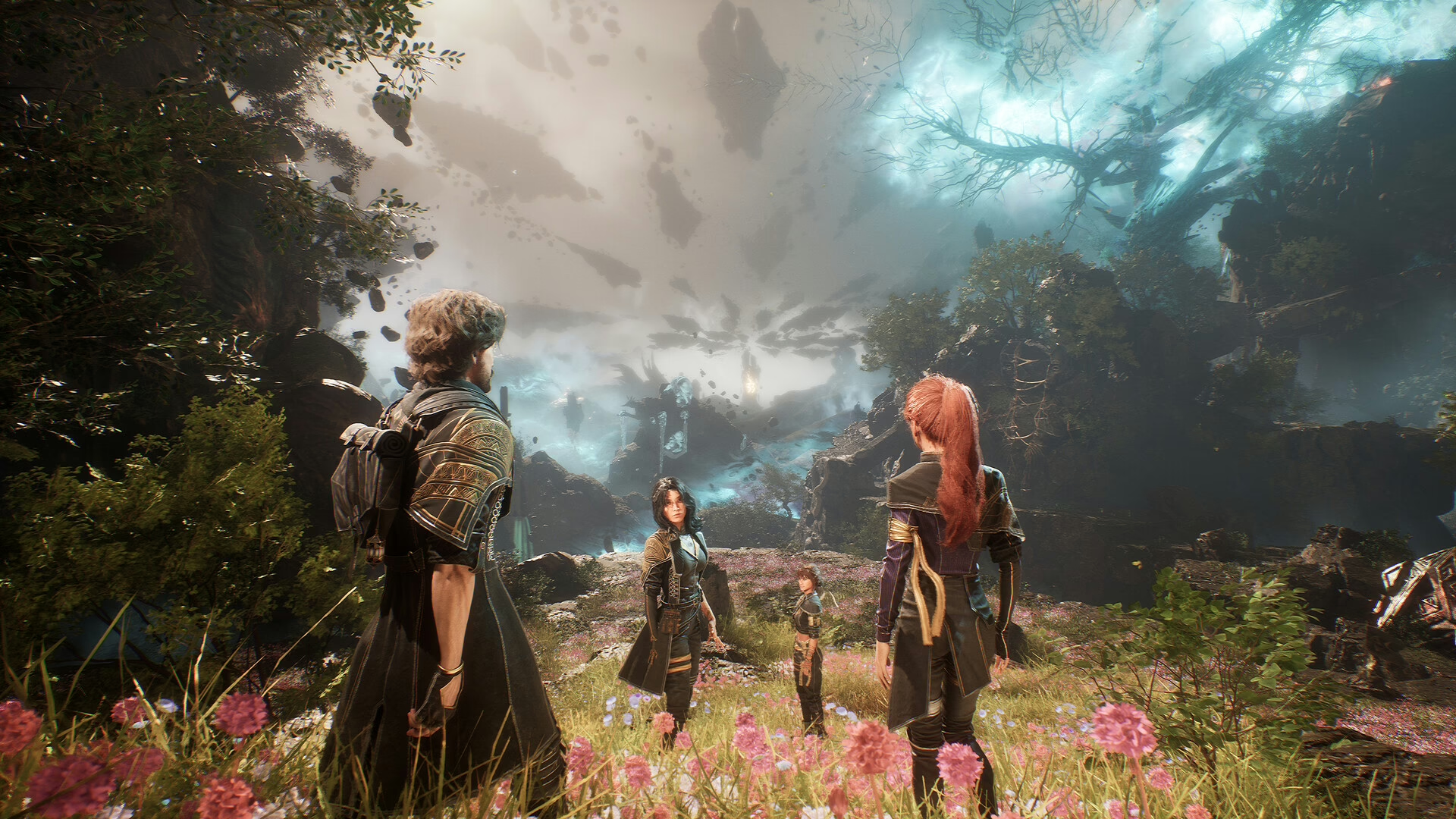Binge Gaming, Moral Panic, and the Truth in Between
A new study published in PLOS ONE highlights growing concerns over binge gaming in adolescents, particularly in Hong Kong, where nearly one-third of secondary schoolers surveyed reported marathon gaming sessions exceeding five hours. These sessions were linked to mental health issues, reduced academic confidence, and sleep disruption. And while those concerns are valid, they’re only part of the story. If we’re going to address the role of video games in society—especially for young people—we need to approach the data with more nuance and less alarmism.
Not Addiction—At Least Not for Most
The American Psychiatric Association maintains a careful, evolving stance on this issue. According to their current guidance, whether internet gaming should be officially classified as an addiction or mental disorder is still up for debate. There’s a growing body of research—including neurological studies—pointing to similarities between video gaming and substance-related addictive behaviors. But that doesn’t automatically mean all gaming is pathological.

A 2017 study published in the American Journal of Psychiatry took a closer look. It found that the number of people who would actually meet the clinical criteria for Internet Gaming Disorder (IGD) is extremely small—just 0.3% to 1.0% of the general population. Even among active gamers, most showed no symptoms at all. Researchers emphasized a critical distinction: being passionately engaged in gaming isn’t the same as being clinically addicted. The key difference is whether someone is distressed by their gaming habits and whether it’s impairing their life. Passion is not pathology.
The Pandemic Effect
That said, there are legitimate reasons the IGD conversation has intensified—especially post-COVID. A 2023 meta-analysis published in PLOS Global Public Health, which reviewed 24 cross-sectional and longitudinal studies, estimated the prevalence of Internet Gaming Disorder (IGD) at roughly 8% during the pandemic. While the analysis found no definitive evidence of a global spike, some individual studies within the review did observe increases, particularly in adolescents and young adults facing social isolation or stress. That tracks with common sense: people were anxious, disconnected, and looking for control or escape. Whether it’s gaming, food, sex, or social media, humans seek pleasure to cope. Sometimes that coping becomes harmful—but the problem is rarely the activity itself. It’s what drives us toward it in the first place.
Gaming Is Not the Enemy
Let’s be clear: games aren’t going anywhere. The gaming industry is a multi-billion-dollar cultural juggernaut that spans entertainment, education, esports, art, and therapy. Like film, gaming has survived moral panics before. Those who think they can regulate, ban, or morally outflank it into submission are in for a surprise—and a backlash that will erode their credibility. Demonizing games won’t kill them. But it might stall important conversations about how to integrate gaming safely and intelligently into education, mental health care, and digital citizenship.

What Research Misses—And Where It Can Go
Studies like the PLOS ONE paper are important. They spotlight behavioral patterns that merit investigation and support. But they’re often narrow in focus and broad in interpretation. What’s missing is a more balanced framework—one that also acknowledges the positives of gaming: improved cognitive function, social resilience, and emotional self-regulation. Numerous peer-reviewed studies back that up. Even projects like Animal Crossing helped reduce stress and boost happiness during lockdowns. Yet those findings rarely make it into the headlines or public policy recommendations.
Researchers need to break out of disciplinary silos. Mental health experts should partner with cognitive scientists, educators, and even game developers to build models that reflect gaming’s risks and rewards. That includes differentiating between genres, motivations, and social contexts. A teen playing four hours of competitive Overwatch with friends is engaging in a fundamentally different experience than one silently grinding mobile loot boxes for dopamine hits. Not all play is equal—and not all play is harmful.

The Bigger Picture
Gaming is a mirror. It reflects us—our creativity, our competitiveness, our need for connection, and sometimes, our vulnerabilities. Binge gaming may be a red flag. But it’s often a symptom, not a root cause. If a student is losing sleep or struggling at school, the deeper questions are “What’s going on in their life?” and “Why is gaming the only place they feel successful or in control?” That’s where solutions begin—not with blanket restrictions, but with deeper engagement.
There are some truly horrible games that are the bane of the industry, of course, but that is true of any medium. Television, Film, books – the human condition is vast and strange. Depression is a deep, dark pit that can feel impossible to dig yourself out of. The medium you choose to shovel yourself down further with shouldn’t result in a punishment for the industry. Instead, it should trigger a mass wake-up call across the board to stress the importance of mental health. We need more resources.
Conclusion: Balance, Not Blame
The new data on binge gaming matters—but it should inform a broader, more thoughtful discussion. We need to stop pitting gaming against mental health and start understanding how they intersect. As with anything powerful, video games can harm or heal. The challenge isn’t in controlling them—it’s in learning how to live with them wisely.
Happy Gaming!